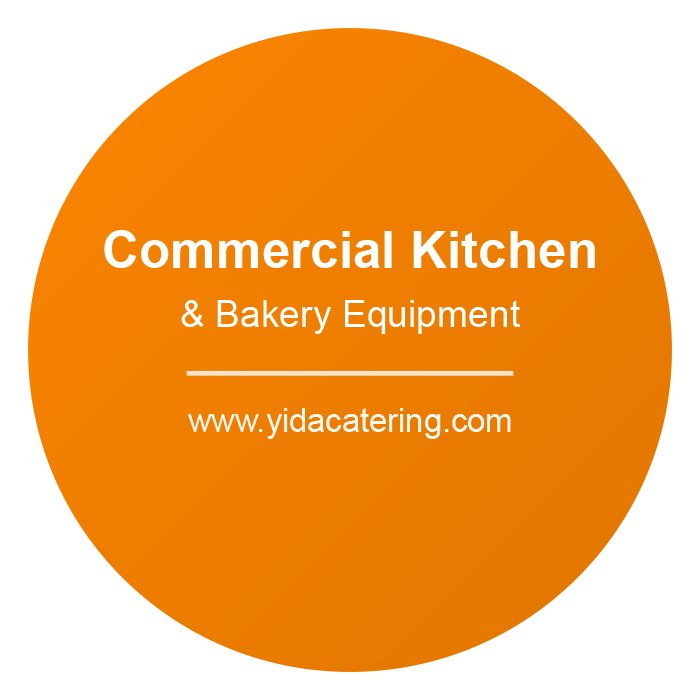In the world of food entrepreneurship, two concepts stand out for their flexibility, charm, and profitability: mobile food trucks and ice cream push carts. Together, they create a dynamic duo that not only caters to diverse customer needs but also offers an adaptable business model for budding and experienced restaurateurs alike. Whether you’re looking to expand your restaurant’s reach or start a new venture, this blog will explore why combining food trucks and ice cream carts is a recipe for success.
1. The Rise of Mobile Food Businesses
1.1 Why Mobile Food Trucks Are Booming
Mobile food trucks have revolutionized the food industry, offering gourmet meals on wheels. With lower overhead costs compared to brick-and-mortar restaurants, food trucks provide an affordable entry point for entrepreneurs. They also offer the flexibility to move to high-traffic areas, events, and festivals, maximizing exposure and profits.
Key benefits of food trucks:
- Low startup costs: No need for expensive leases or utilities.
- Flexibility: Operate in various locations based on demand.
- Trend appeal: Millennials and Gen Z love the novelty and convenience of food trucks.
1.2 The Nostalgia of Ice Cream Push Carts
On the other hand, ice cream push carts evoke a sense of nostalgia and charm. These carts are perfect for serving frozen treats like gelato, soft serve, or popsicles in parks, beaches, and community events. Their simplicity and low maintenance make them an ideal addition to any food business.
Key benefits of ice cream carts:
- Low maintenance: Minimal equipment and upkeep required.
- Mobility: Easily maneuverable in crowded spaces.
- Seasonal appeal: Perfect for summer events and outdoor gatherings.
2. Why Food Trucks and Ice Cream Carts Work Well Together
2.1 Complementary Offerings
Food trucks often focus on savory dishes, from tacos to burgers to gourmet sandwiches. Pairing them with ice cream carts adds a sweet ending to the customer experience. By offering both savory and sweet options, you can increase your average ticket size and attract a wider audience.
Example:
- A food truck serving spicy Mexican tacos can pair perfectly with an ice cream cart offering refreshing mango sorbet or creamy vanilla soft serve.
2.2 Serving Different Crowds
Food trucks thrive in urban areas, corporate lunch spots, and evening events, while ice cream carts excel in family-friendly environments like parks, playgrounds, and festivals. Together, they allow you to cover more ground and cater to different demographics.
2.3 Cost Efficiency
Operating both a food truck and an ice cream cart can be cost-effective. You can share resources like staff, marketing materials, and even storage space. Additionally, ice cream carts are relatively inexpensive to purchase and maintain, making them a low-risk investment.
3. How to Get Started
3.1 Planning Your Menu
Your menu should reflect the strengths of both your food truck and ice cream cart. Focus on complementary items that cater to your target audience.
For the food truck:
- Gourmet burgers, tacos, or vegan bowls.
- Seasonal specials to keep the menu fresh.
For the ice cream cart:
- Classic flavors like chocolate and vanilla.
- Unique offerings like dairy-free sorbets or alcohol-infused popsicles.
3.2 Choosing the Right Equipment
Investing in reliable equipment is crucial for long-term success. For food trucks, ensure your kitchen setup is efficient and meets local health codes. For ice cream carts, look for models with built-in refrigeration to keep your treats at the perfect temperature.
3.3 Securing Permits and Licenses
Both food trucks and ice cream carts require permits and licenses to operate. Research your local regulations to ensure compliance. Common requirements include:
- Health department inspections.
- Parking permits for food trucks.
- Vendor permits for ice cream carts.
4. Marketing Your Business
4.1 Building a Brand
Create a cohesive brand that ties your food truck and ice cream cart together. Use consistent colors, logos, and messaging to make your business memorable.
4.2 Leveraging Social Media
Social media is a powerful tool for mobile food businesses. Share your location, menu updates, and behind-the-scenes content to engage with your audience. Platforms like Instagram and TikTok are particularly effective for showcasing your offerings.
4.3 Partnering with Events
Collaborate with local events, festivals, and community gatherings to reach a larger audience. Food trucks and ice cream carts are always a hit at weddings, corporate events, and birthday parties.
5. Tips for Success
5.1 Adapt to Seasonality
Ice cream carts are highly seasonal, with peak demand in the summer months. During colder seasons, consider offering hot beverages like coffee, cocoa, or cider to maintain revenue.
5.2 Focus on Quality
Whether you’re serving gourmet meals from your food truck or frozen treats from your cart, quality should always be a priority. Fresh ingredients and excellent customer service will keep customers coming back.
5.3 Monitor Trends
Stay ahead of industry trends by experimenting with new flavors, cuisines, and presentation styles. For example, offering plant-based ice cream or fusion dishes can attract health-conscious and adventurous eaters.
Conclusion
Mobile food trucks and ice cream push carts are a winning combination for entrepreneurs looking to break into the food industry. Their flexibility, low startup costs, and broad appeal make them an excellent choice for both new and experienced business owners. By carefully planning your menu, investing in quality equipment, and leveraging effective marketing strategies, you can create a thriving business that delights customers and drives profits. So, what are you waiting for? Start your journey into mobile food entrepreneurship today!

